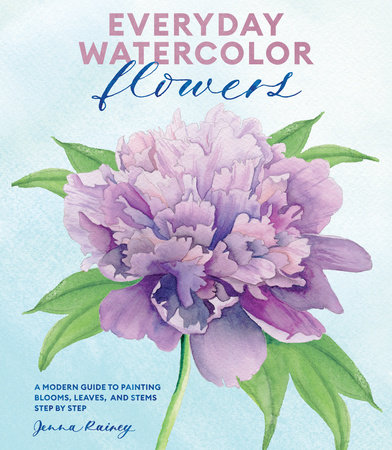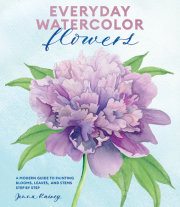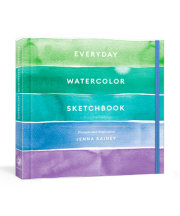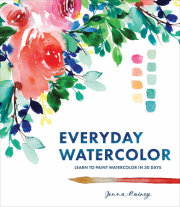IntroductionThere’s nothing more breathtaking than the natural beauty of flowers. The folds and tears in a peony petal or the striking texture in a parrot tulip call for an extra-long look and gasp. Nature has done such an excellent job. A flower can show us how complementary colors work together and how something so delicate can be uniquely powerful at the same time.
For thousands of years, painters and writers have made flowers their subjects, finding in them attributes of beauty, growth, and happiness. I couldn’t agree more. Growing up, I was always surrounded by flowers. My mom has an incredible green thumb, and right outside my bedroom window were lilies, jasmine, poppies, chocolate cosmos, and so many varieties of roses that you couldn’t count them all if you tried I didn’t know it at the time, but this childhood experience helped me build familiarity with flowers’ shapes and structure. Observing the growth stages of flowers in my mom’s garden taught me that a flower in its earliest stages as a bud is spherical, then opens up, petals peeling back, to form a sphere, bowl, or cylinder. A five-petal flower, like a cherry blossom, can be broken down to a star, and viewing a rose from the side is like looking at a cone or bowl shape. All of this, plus a love for art, made for tons of sketching and painting flowers.
But, for any artist, painting a flower can be intimidating. Grasping the powerful and harmonious relationship between colors while also capturing the delicacy of each petal can be a challenge. One thing that is so important for your practice is to start by interpreting each flower or subject in terms of its basic shapes. Many artists grow impatient with the process of breaking things down first, and the proportions of their subjects suffer. For example, if a rose becomes too oblong, it can look like a tulip, or if one petal in your flower is pointing off in the wrong direction just slightly, it can mess with the whole appearance of your flower. That is why, in this book, I’m here to show you an approachable and quick way of grasping a flower’s shape. We are going to be studying flowers with a variety of shapes—star, circle, bell, bowl, trumpet, and combination—all while exploring different techniques to paint in both loose and more realistic styles.
Copyright © 2019 by Jenna Rainey. All rights reserved. No part of this excerpt may be reproduced or reprinted without permission in writing from the publisher.











